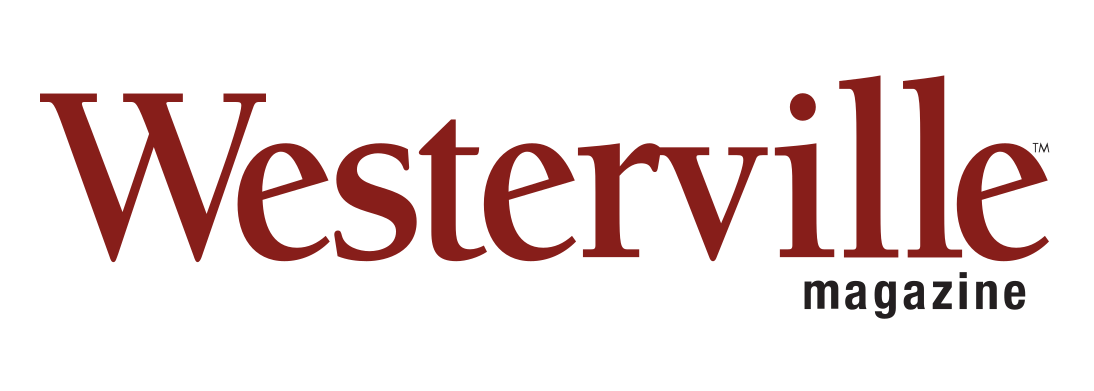
This summer, 12 historic buildings with major significance to Westerville’s past will help make a better future for the less fortunate.
The first-ever Tapestry of a Town tour is scheduled for 1-5 p.m. July 28. It is being organized by the Westerville Habitat Partnership with help from the Westerville Historical Society and Beth Weinhardt of the Westerville Public Library’s Local History Center.
Tickets are $10 and are available at all stops and at the Westerville Visitors & Convention Bureau, 20 W. Main St. Proceeds go to the partnership for its work in helping the needy.
The tour is self-guided, but each stop will have hosts who can describe the site’s role in Westerville’s history.
“There will be information provided at each location by someone who is knowledgeable about it,” says Kay Hedges of the partnership.
The idea for the tour grew out of the progressive Christmas concert the partnership has put on since 2011. The concerts take place in several churches, and many attendees remarked that, despite having long lived in Westerville, they had never been to some of the churches. That prompted partnership members to wonder what other historic sites Westerville residents are missing.
“I think that’s the case with a lot of people,” says partnership facilitator John
Cameron. “We live here, we take it for granted. We walk by something and say, ‘I wonder what that’s like,’ but there’s never been an opportunity to see those places.”
The name comes from the notion that there are many “threads” – not just historical elements, such as the Underground Railroad and the Anti-Saloon League, but also education, faith, recreation and business – that form the tapestry of Westerville.
“We’re trying to weave together all of those things that are Westerville,” says Hedges.
Some sites on the tour are still, to some extent, being used for the purposes for which they were built. Emerson Magnet School, formerly the Vine Street School, built 1896, is one such example. Hanby Magnet School, formerly Westerville High School, built 1923, is another.
“I’ve driven by Emerson school my whole life, (but) I’ve never been inside it,” says Cameron.
Others – such as the Holmes Hotel, built 1889 – have evolved significantly. Born as a 30-room hotel, it currently houses Aumiller Gun Shop, David Myers Art Studio, Heavenly Cup, Uptown Pharmacy and Abbey Rose Boutique, among other businesses. It has even had residential uses in the past; relatives of Hedges once lived in the turret that overlooks Main Street.
“It was a very modern hotel when it was built,” Hedges says.
The home of the Old Bag of Nails is another historic site. Built in the early 1880s, it initially had an opera house on the third floor, and it has since held a Ben Franklin store and Calico Cupboard.
Other stops on the tour are the Anti-Saloon League Museum, Cellar Lumber, Corbin’s Saloon, the Hanby House, Java Central, the Bike Depot, the Otterbein Mausoleum and Otterbein’s Towers Hall.
Organizers hope to bring in musicians and artists for some of the stops, tying it into the Year of the Arts in Westerville.
The Westerville Habitat Partnership is an alliance of five local churches – First Presbyterian Church of Westerville, Central College Presbyterian Church, Grace Evangelical Lutheran Church, Church of the Messiah United Methodist and Church of the Master United Methodist – as well as the Columbus Academy. Its collective mission is to support Habitat for Humanity, which builds houses for those in need, and to recruit volunteers and work with those needy families.
Garth Bishop is editor of Westerville Magazine. Feedback welcome at gbishop@cityscenemediagroup.com.






